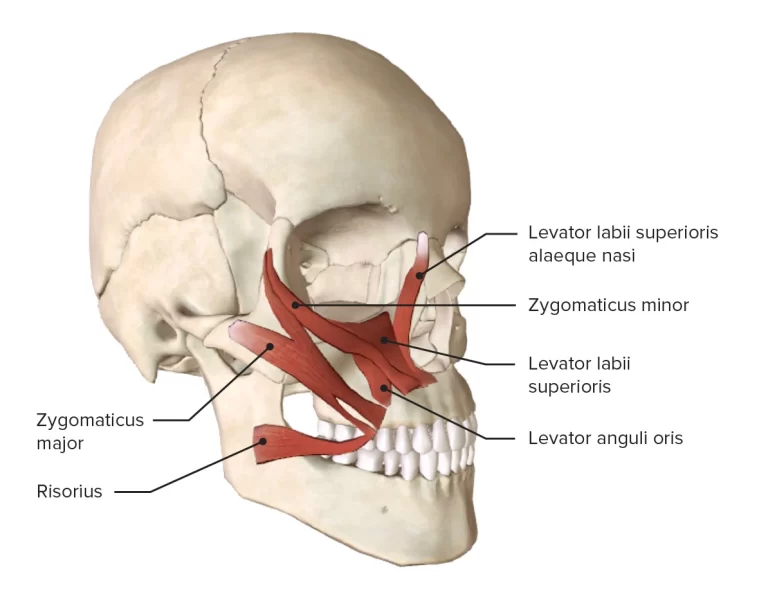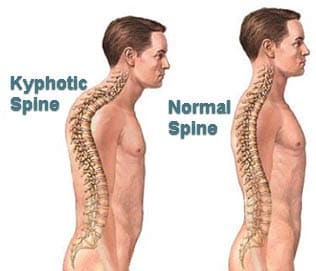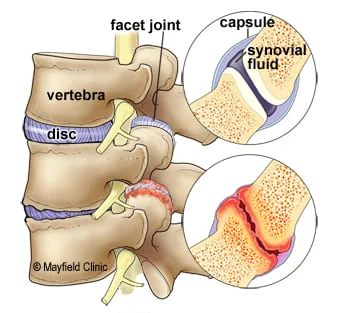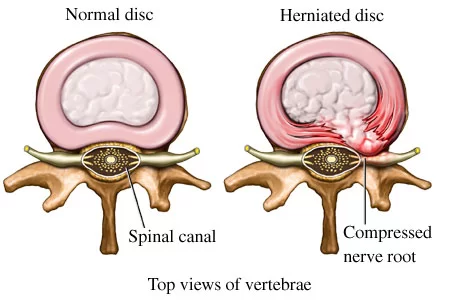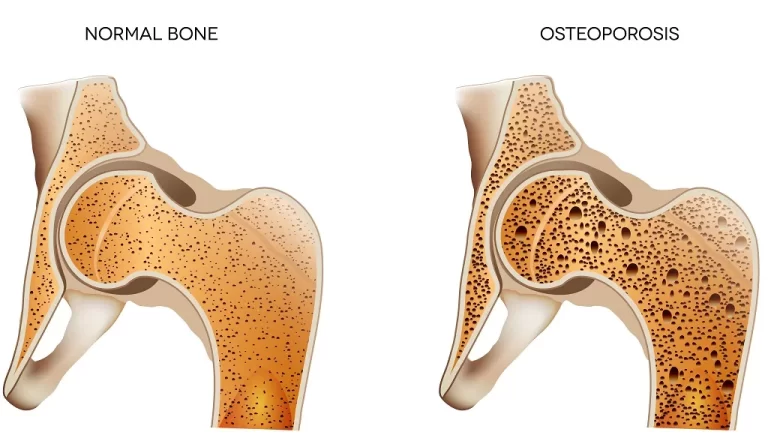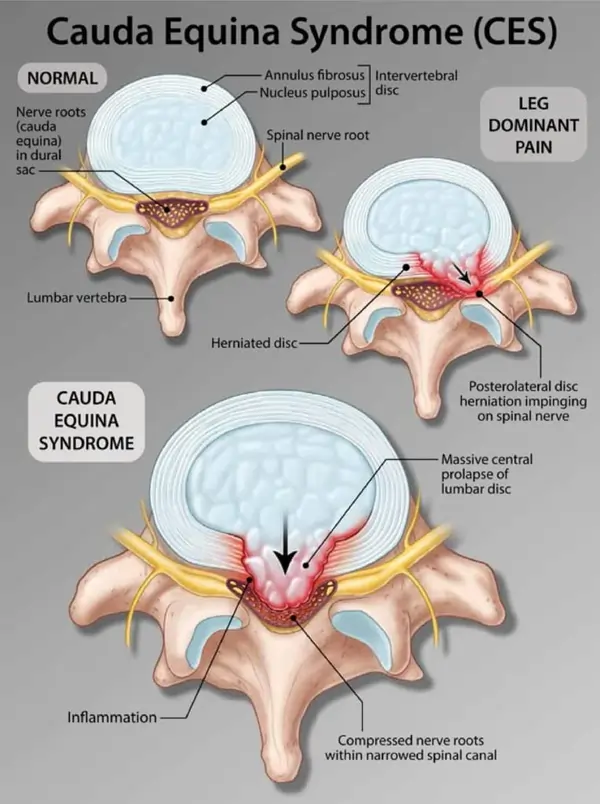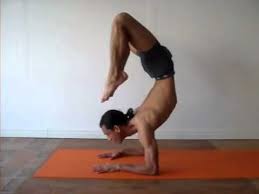Zygomaticus Major Muscle
Anatomy of Zygomaticus Major Zygomaticus major shown in red. It is a muscle of facial expression which draws the angle of the mouth superiorly and posteriorly to allow one to smile. Origin: Anterior surface of zygomatic bone. Insertion: Modiolus at angle of mouth. Nerve supply: Buccal branch of facial nerve (VII). Blood supply: Superior labial…

